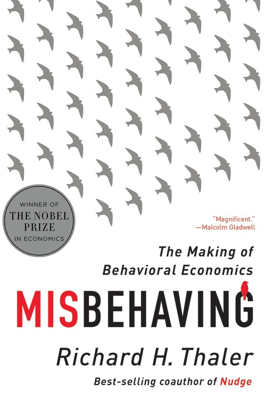Value Theory
The Conceptual Foundations and Impacts of Prospect Theory
The chapter begins with the author's discovery of an early draft of "Prospect Theory," a groundbreaking paper by Kahneman and Tversky, which would later earn Kahneman a Nobel Prize in Economic Sciences. He obtained the draft from Howard Kunreuther, a professor at Wharton, who provided a copy with comments.
Two kinds of theories: Normative and Descriptive
The author outlines that economic theories usually serve dual roles: normative (prescribing the right or rational way to make decisions) and descriptive (describing how decisions are made in reality). Traditional economics often merges these roles. However, Prospect Theory proposed a clear differentiation by focusing solely on describing actual human decision-making patterns, especially under conditions of uncertainty.
Illustrating the Misalignment with Rational Choice Theory
The chapter highlights a simple geometric problem involving two expanding railroad tracks that form a right triangle. While normative theory (Pythagorean theorem) could provide a precise mathematical solution, most people's intuitive answers significantly divert from the correct height of 29.7 feet, usually guessing around 2 inches. This misalignment underscores the divergence between normative expectations and human intuition, showcasing flaws in traditional economic models that assume rational decision-making.
Introduction of Prospect Theory
Prospect Theory, initially called "Value Theory," diverges from existing economic approaches by adopting a descriptive model. The theory is rooted in the principle of diminishing sensitivity regarding gains and losses and introduces a new perspective focusing on changes in wealth rather than absolute levels. Its two fundamental components are:
- Value Function: It showcases how people value gains and losses, emphasizing that losses typically impact individuals twice as much as equivalent gains (loss aversion). This psychological trait fundamentally alters economic understanding and modeling.
- Risk Preferences: The theory explains why people are risk-averse when it comes to gains but often become risk-seeking in the scenario of potential losses, a departure from the expected utility theory developed by John Von Neumann and Oskar Morgenstern.
The author vividly recalls the impact of seeing the function graph for the first time, indicating its profound implications on his intellectual pursuits and the broader field of behavioral economics. The graph introduced in Prospect Theory marked a significant conceptual shift by highlighting how stakes' perception is skewed differently in gains versus losses, fundamentally challenging traditional utility-based models.
In conclusion, the chapter showcases how the introduction of Prospect Sphere Theory was a critical turning point in economic thought. It offered a structured yet radical shift that emphasized descriptive accuracy over normative assumptions, aligning economic models more closely with observable human behavior, particularly in decision-making under uncertainty. This shift not only challenged existing economic paradigma but also set the stage for more realistic and psychologically informed approaches in economics.
